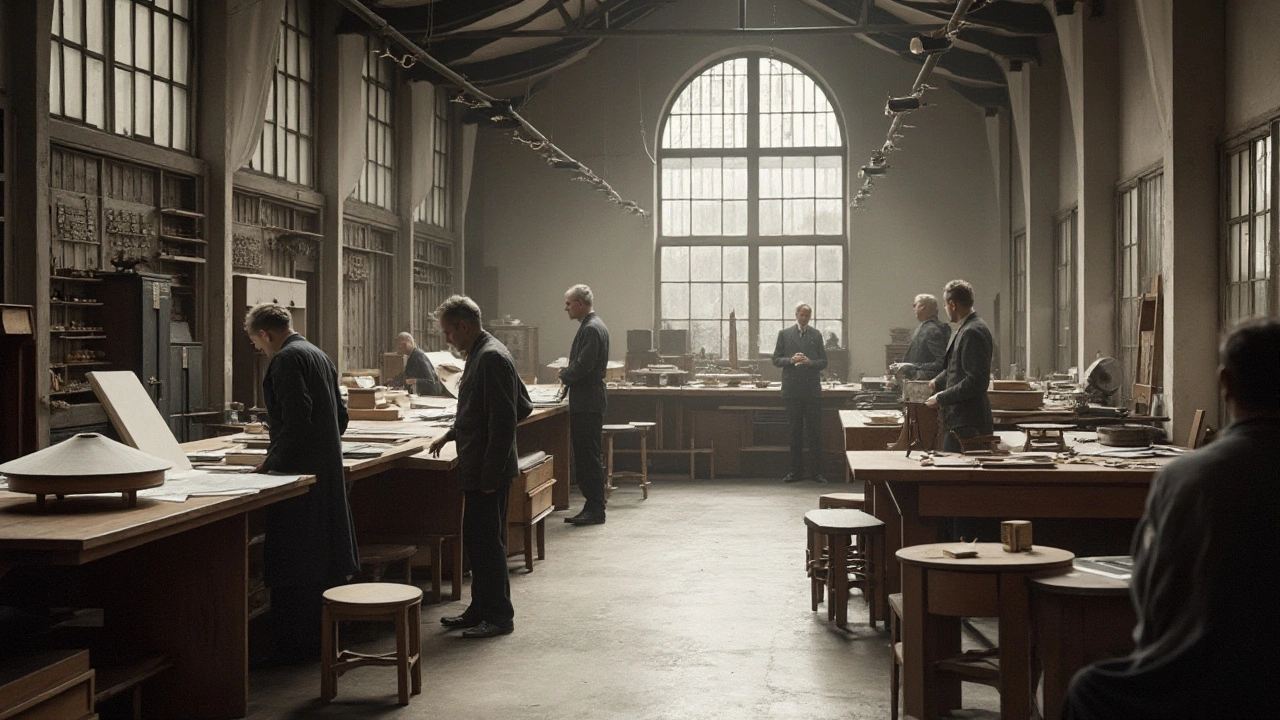Modern Art: Clear Guide to Movements, Ideas and How to Use Them
Modern art broke the rulebook and keeps breaking it. It mixes bold ideas, new materials, and fresh ways to see the world. If you want a simple map of modern art, start with a few major movements: Bauhaus, Cubism, Abstract Expressionism, Futurism, Constructivism, Fluxus, and Photorealism. Each pushed how artists choose form, color, and materials. Bauhaus taught that function and clean design belong together, shaping everything from furniture to buildings. Cubism broke objects into shapes and showed multiple views at once, changing how we think about perspective. Abstract Expressionism put emotion and gesture on display, often huge and unfiltered. Futurism chased speed, machines, and city life; its energy still appears in design and media. Constructivism tied art to social ideas and useful objects, influencing posters, typography, and digital layouts. Fluxus smashed boundaries between music, theater, and everyday life, making play and disruption part of art. Photorealism tests craft, aiming for images that look like photos but carry subtle choices about light and focus.
How does this help you? First, spot what you like. Do clean lines and function draw you in, or do raw emotion and messy paint feel truer? Second, try small experiments at home. Pick one idea—bold color blocks, geometric layout, or a raw textured wall—and use it in a room or a simple sketch. Third, learn a bit of history to read artworks better. Knowing that a poster borrows De Stijl grids or that an installation uses space like installation art helps you see intention. Use museums, short articles, and a few focused books to build context.
How modern art shapes design
Modern art feeds design everywhere. Bauhaus ideas show up in apps and furniture; Constructivist layout rules guide posters and websites. Futurism and smart city ideas influence how planners and tech teams picture urban life. Even Baroque drama returns in music and film scores to add tension.
Ways to explore modern art
Visit diverse shows and prioritize quality over quantity. Talk to curators, read captions, and ask which movement a piece links to. Make small projects: a Bauhaus shelf, a Cubist print, or a mini installation in a corner. Use what you learn to sharpen taste and to decorate, design, or create with clearer intent. Modern art is not a finished story; it keeps changing with new tech and new voices. Start small, notice details, and let the ideas you like shape how you make and live.
Good starter reads include short Bauhaus primers, a guide to Abstract Expressionism, and a clear book on modern movements. Online, look for museum essays, podcast interviews with artists, and virtual tours that focus on specific movements. Workshops and local art schools often offer short classes where you can try techniques and talk to makers. Finally, trust what moves you more than rules; a strong personal reaction is a useful guide. Explore here to find articles on Bauhaus, Futurism, Fluxus, Photorealism and more, and use them to try a project this week. Ask questions, share a photo, or save ideas that spark your next creative move. Today


